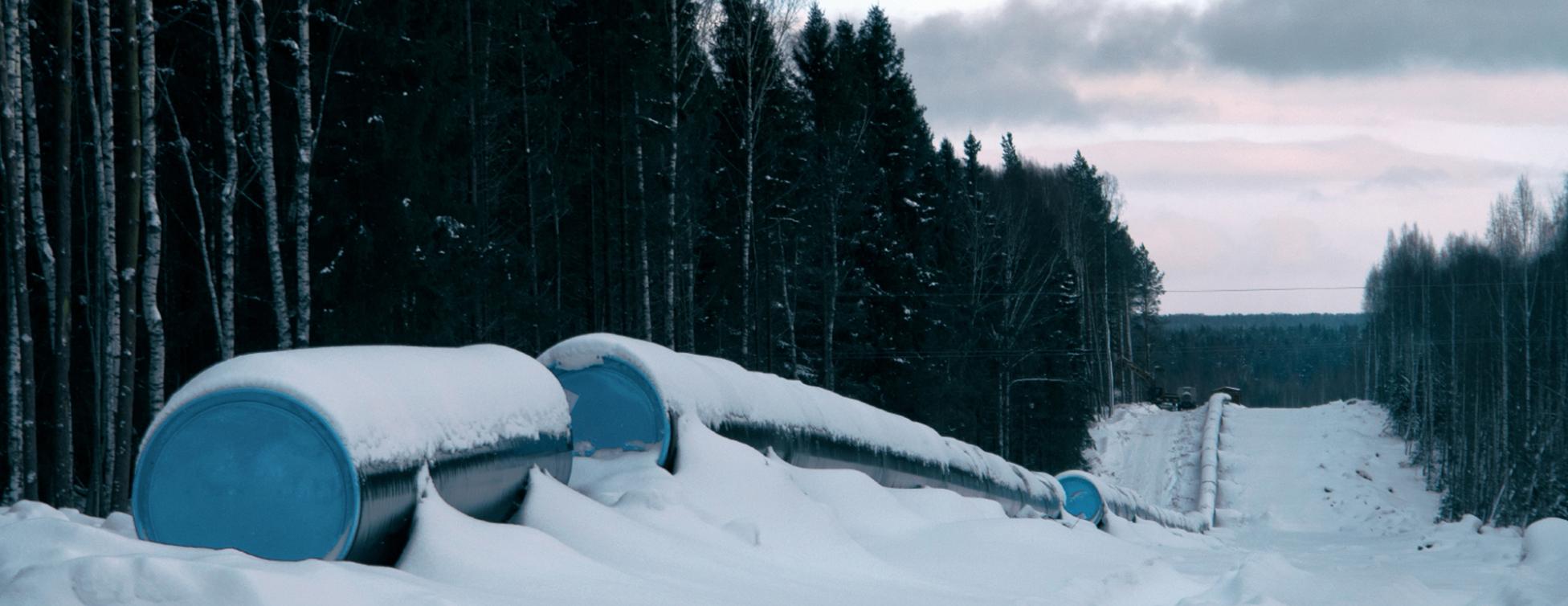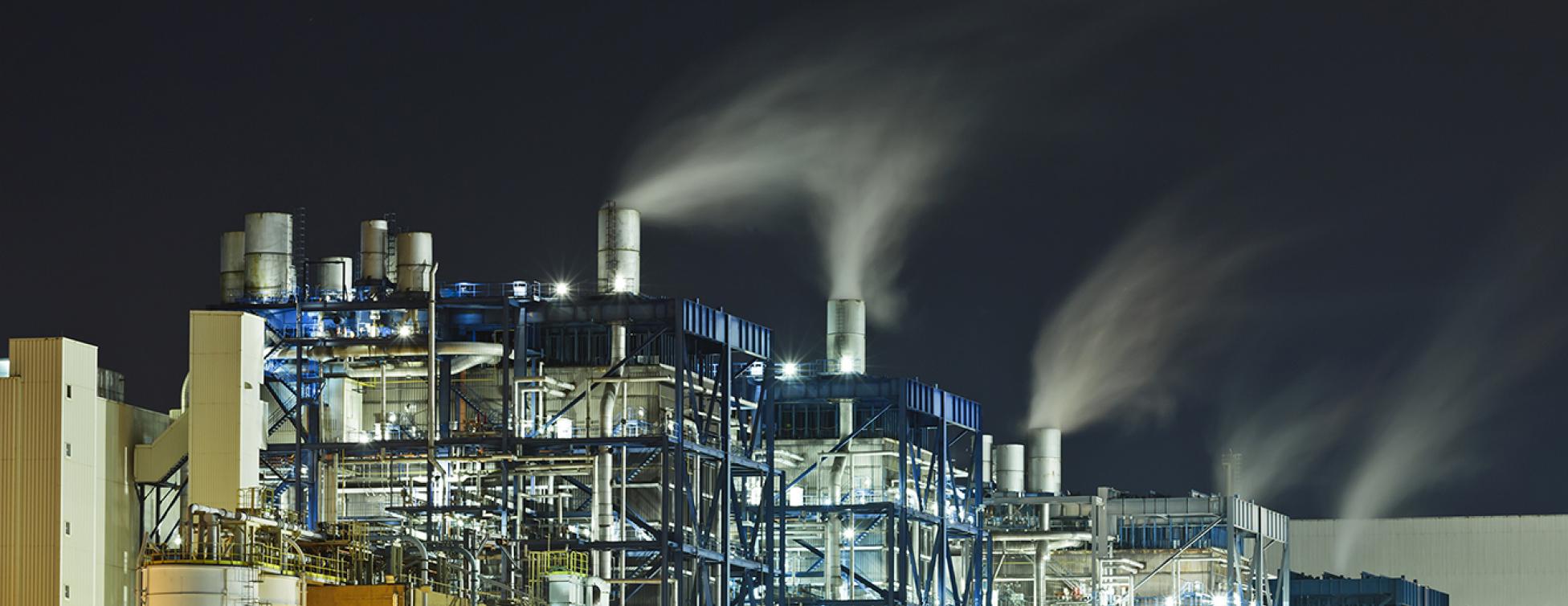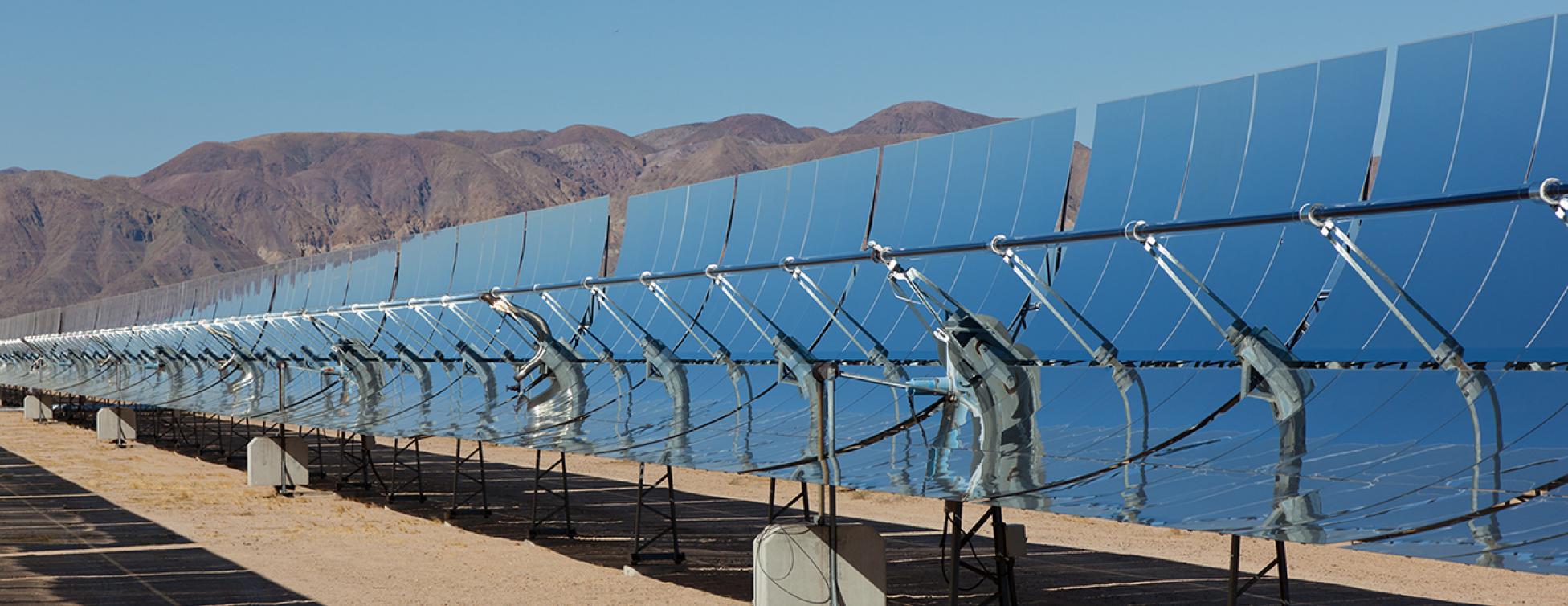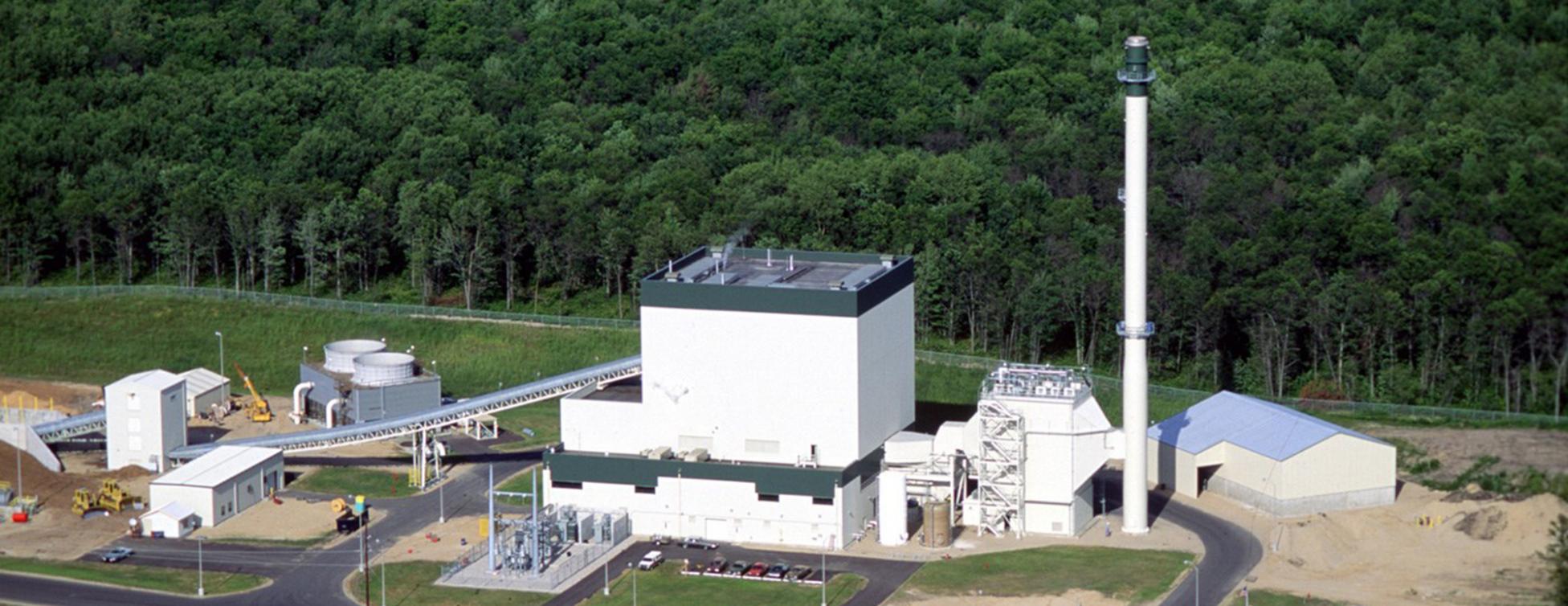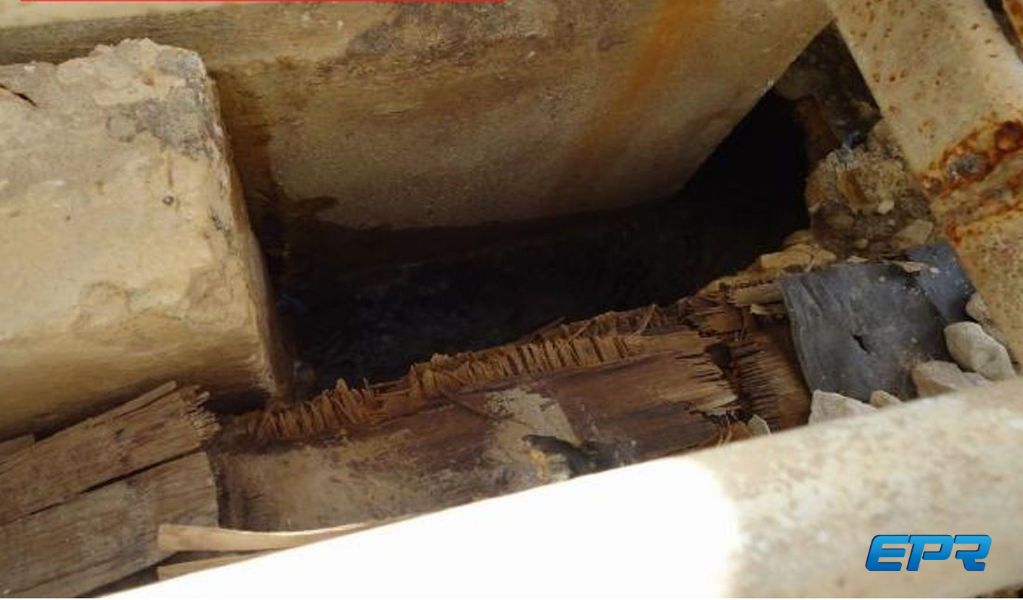Adverse Shrinkage
In a Middle East plant inspected, recurring problems with the process drain system was discovered. It originated from a design flaw where the desalination units had to be blown down more robustly than anticipated to achieve proper conductivity in the steam cycle. To compound the process control difficulty, the drain material selected by the EPC contractor was PVC, which simply cannot stand elevated temperatures.
PVC is interesting because unlike may materials it's strength simply disappears once the working fluid gets to about 140F. It also shrinks axially when it undergoes heating and cooling cycles. For condensate drains to be routed to sumps which feed an underground network of PVC piping material is certainly a high-risk proposition.
After a bit of excavation and diagnosis, it was confirmed that the process water overflow of the sumps was from collapsed drain lines, piping that pulled away from the sumps, and other similar failures.
The only permanent remedy is to replace the PVC with a material that can withstand condensate temperatures of 212F.
This is an engineering oversight perhaps driven by a cost reduction effort where differing (cooler) process drain systems were combined to include steam condensate.
There were probably minor savings, amount unknown.
Once repair costs under Warranty considered, this was costly for the Contractor.



